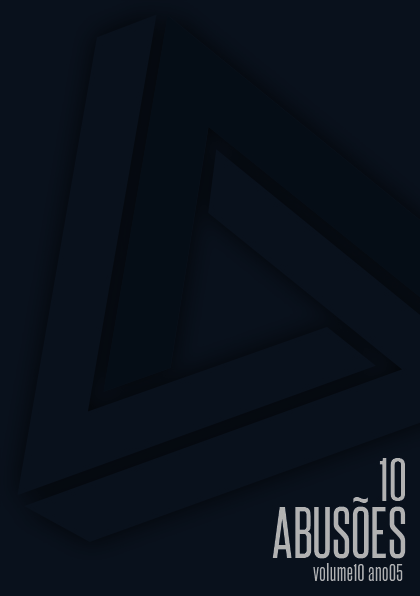IMAGINATIVE CHILDHOOD: GOTHIC RECOLLECTIONS AND THE AMBIVALENT UNCANNY IN THE OCEAN AT THE END OF THE LANE
Conteúdo do artigo principal
Resumo
The present article explores some Gothic traits in Neil Gaiman's novel The Ocean at the End of the Lane, relying on the concepts of excess and diffusion as proposed by Fred Botting, and the uncanny, as defined by Freud, as a means to investigate how Gothic elements, such as gloomy atmospheres and shape-shifting monsters, emerge in the narrative and how they may influence one's reading of the book towards the fantastic. Gaiman's novel is filled with images that stir the imagination and that seem to allude to the supernatural. In addition to that, the author is famous for writing multi-layered narratives that make room for a variety of readings, from the fantastic to the more realistic. As sources to our investigation, we rely on the Gothic studies of Fred Botting (1996), the concepts of the uncanny as discussed by Freud (1919), and also on Gaiman's considerations concerning his own work. Based on the studies of these scholars and on a close reading of that the novel, we argue that it may be read in at least two ways: as a fantastic narrative in which the events presented may be seem as supernatural, or as a dramatic story that uses Gothic elements to obscure a dark narrative about a traumatic childhood .This article is also a study of how Gothic elements may be transformed and displaced in different narratives in order to represent and voice different cultural anxieties of their authors' contexts.
Downloads
Detalhes do artigo

Os conteúdos da Revista Abusões estão licenciados com uma Licença Creative Commons Atribuição-CompartilhaIgual 4.0 Internacional.

